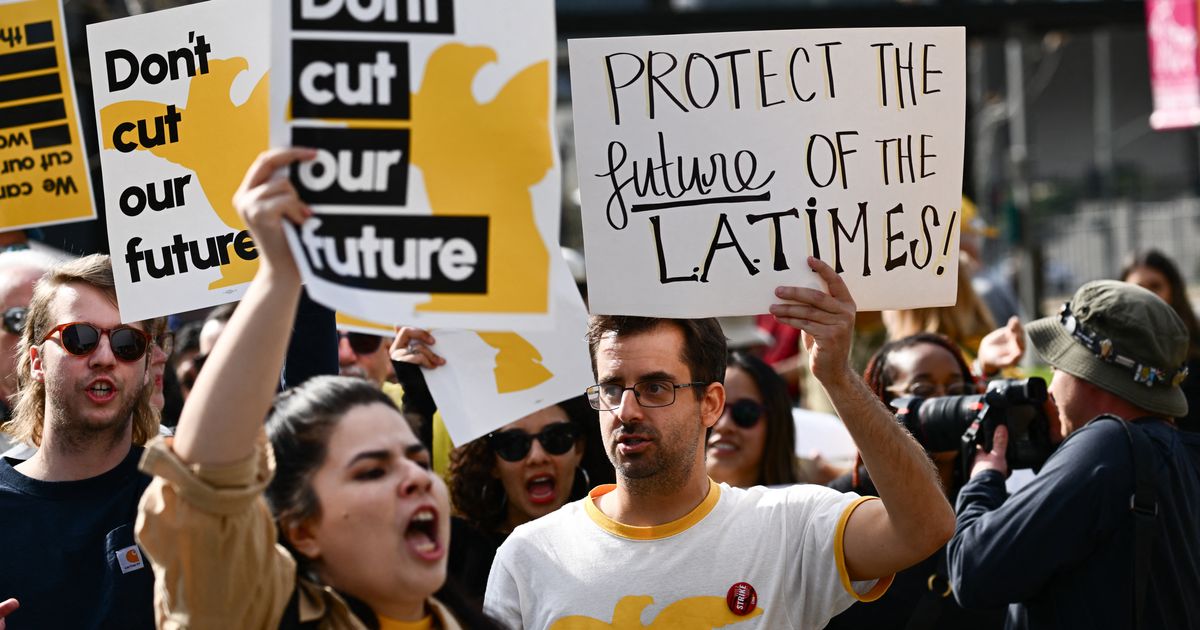To say journalism has had a tough year would be an understatement.
It seems as if every other week, the industry has been plagued by shutdowns, layoffs and massive cuts. Los Angeles Times laid off 20{44f8fb62c767d9a0e024bd2a609adf80ac0b081e02fd95d47dd066fb0a89173b} of its newsroom in January, including many young journalists of color. After filing for bankruptcy last year, Vice laid off its more than 900 remaining employees and- ceased publishing to its website in February. The Messenger had it’s grand closing just a year after its launch. After shutting down BuzzFeed News last April, BuzzFeed (HuffPost’s parent company) recently sold Complex and laid off 16{44f8fb62c767d9a0e024bd2a609adf80ac0b081e02fd95d47dd066fb0a89173b} of its employees. The DCist closed its doors. Sports Illustrated eliminated nearly all of its positions. And Google and Facebook are experimenting with removing the news tab from their platforms.
That only scratches the surface of what’s been going on. And it not only impacts journalism, but the livelihood of journalists as well. That’s especially so for marginalized journalists who already over-index as freelancers.
On the most recent episode of “I Know That’s Right,” HuffPost deputy front page editor and social media’s favorite news curator Phil Lewis noted that a big concern is audiences getting credible news about communities that typically go under-covered.
“When you have all of these issues combining in an election year, all these things are happening and it’s this confluence of different factors and stresses on the field that are really making it difficult for journalists to cover the stories we find important,” he said.
What makes matters worse is the rise in misinformation, via robocalls, AI and social media that erroneously parade as the truth. Lewis advises folks to tap into their local outlets and read more than one story on a single topic.
As far as the future of newsrooms is concerned, Lewis believes we’ll begin to see more worker-owned publications like Defector, Hell Gate and 404 Media. He said it’s still early, but these newsrooms are creating a path forward that more should consider.
“These are newsrooms filled with journalists who have decided enough is enough, I’m tired of the venture capital growth imperatives,” he said.
He also predicted that “the future as it stands right now, there’s gonna be The New York Times and CNN.”
“There’s gonna be some other smaller outlets and there’s gonna be worker-owned outlets and there’s gonna be a bunch of hyper-hyper-partisan, wildly right-wing websites that are just kind of floating around,” he continued.
Journalism is still very much necessary. The way newsrooms function now, however, is clearly unsustainable and bad for not only the industry, but for everyone.



